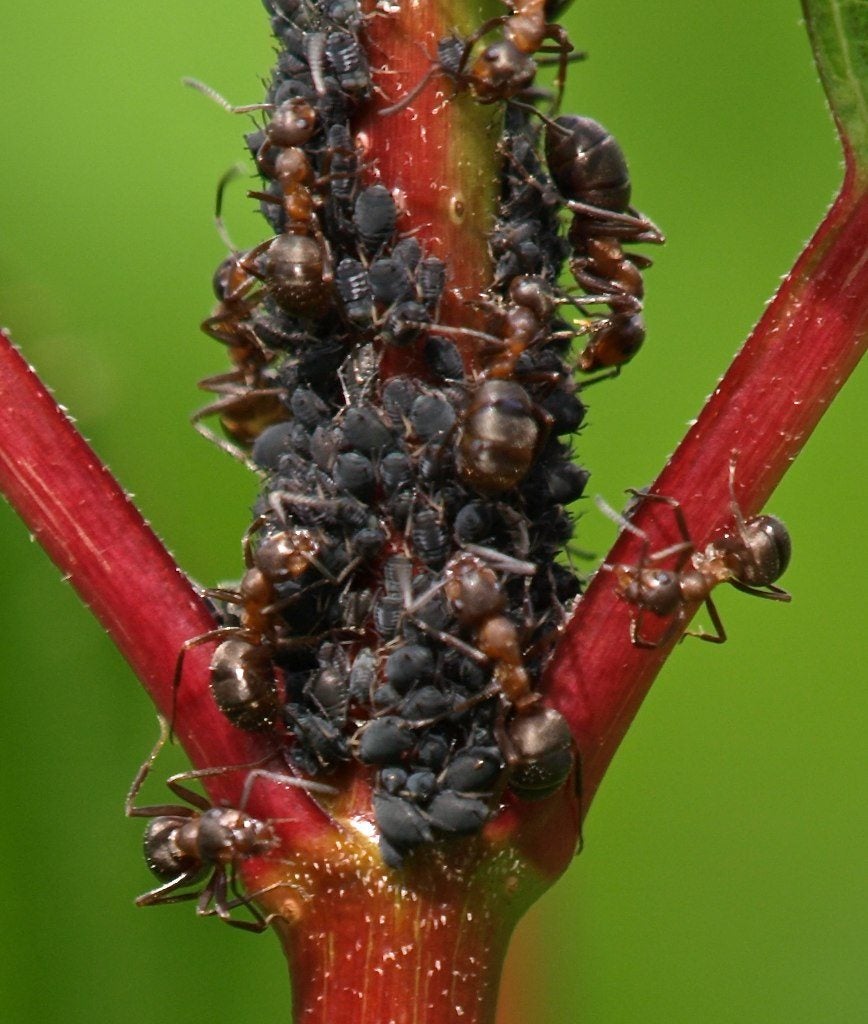Why Viburnum Leaves Are Curling: Reasons For Leaf Curl In Viburnums


What causes viburnum leaf curl? When viburnum leaves are curling, there’s a good chance that pests are to blame, and aphids are the usual suspects. Read on to learn about treating viburnum leaf curl caused by aphids.
Aphids and Leaf Curl in Viburnums
Aphids are common pests of viburnums. The tiny insects are easy to miss at first glance, but you may find them in mobs clustered on the undersides of leaves. Although there are many types of aphids, snowball aphids, bluish-gray pests that look like they’ve been lightly dusted with white powder, are a particular enemy of viburnum and certain types of cranberry bushes. As aphids suck the sweet sap from tender new growth, viburnum leaves take on a twisted, distorted appearance.
Thrips and Leaf Curl in Viburnums
Although thrips aren’t quite as common as aphids, they too can cause leaf curl in viburnums. These pesky flying insects are so tiny, and they move so fast, that you may need a magnifying glass to spot them. However, like aphids, they suck the sap from the plants, causing tiny purplish spots followed by rolling or curling viburnum leaves.
Treating Viburnum Leaf Curl
Both aphids and thrips are relatively easy to control with insecticidal soap or horticultural oil, but control usually requires repeat treatment every week or so. Cover the leaves thoroughly, both the tops and undersides. Don’t spray when the sun is shining directly on the leaves or when the temperature is above 85 degrees F. (29 C.). Encourage beneficial insects such as ladybugs, lacewings, and parasitic wasps in your garden, as they are the most effective means of controlling aphids, thrips, and many other pests. The best way to ensure these friendly insects stick around is to avoid chemicals like the plague. Pesticides and other toxic chemicals kill beneficial insects and create an atmosphere in which harmful pests can flourish. Insecticidal soap sprays and horticultural oils aren’t as harmful because they kill only on contact and have no residual effect. However, hold off on spraying if you notice that ladybugs or other “good” bugs are present on the leaves.
Sign up for the Gardening Know How newsletter today and receive a free copy of our e-book "How to Grow Delicious Tomatoes".

A Credentialed Garden Writer, Mary H. Dyer was with Gardening Know How in the very beginning, publishing articles as early as 2007.